A rotavator, otherwise known as a rotary tiller, is a versatile piece of machinery used in agriculture and horticulture. It is designed to cultivate soil, preparing it for planting by turning, stirring, and aerating it. This is achieved through a series of blades or 'tines' that spin at high speeds to break up the soil.
Types of rotavators
There are many different types of rotavators available on the market, each designed for specific applications. For instance, a tractor rotavator is a large, heavy-duty machine that is attached to the back of a tractor. It is typically used for large-scale farming and land management. On the other hand, a mini rotavator is a smaller, handheld machine that is more suited for home gardens and small-scale farming. There are also specialized models like the Howard rotavator, which is known for its durability and efficiency. The choice of rotavator often depends on the size of the land and the type of soil that needs to be tilled.
Rotavators are typically made from robust, durable materials to withstand the harsh conditions of soil cultivation. The body of the machine is usually constructed from heavy-duty steel or iron, while the tines are often made from hardened steel for extra strength and durability. Some Howard rotavator parts, for example, are made from good-quality steel to ensure a long lifespan and efficient performance.
Features of rotavators
Rotavators come with a variety of features designed to make soil cultivation easier and more efficient. One such feature is the adjustable depth control, which allows the user to set the depth to which the tines will penetrate the soil. This can be particularly useful when dealing with different types of soil or when preparing the land for different crops. Another common feature is the reverse tilling action, which allows the rotavator tiller to move in the opposite direction, making it easier to navigate tight spaces or to go over areas that need extra attention. Moreover, some rotavators, like certain Howard rotavator models, come equipped with a power take-off (PTO) shaft. This allows the rotavator to draw power directly from the tractor, leading to a more efficient tilling process.
Advantages of using a rotavator
Using a rotavator can offer several advantages over traditional tilling methods. For one, it can significantly reduce the amount of labor and time required to prepare the soil for planting. This is particularly beneficial for large-scale farming operations where time and labor resources are critical. Moreover, the use of a soil rotavator can result in a more uniform and finer tilth, which can improve soil structure, water retention, and overall crop yield. Additionally, rotavators are versatile and can be used in a variety of soil conditions and types, from light sandy soils to heavy clay soils.
A rotavator is a valuable tool in the arsenal of any farmer or gardener. Understanding its types, construction materials, features, and advantages can help in making an informed decision when choosing the right rotavator for specific needs.
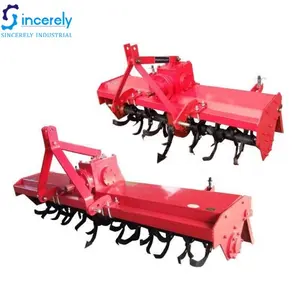









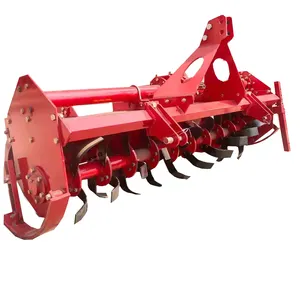





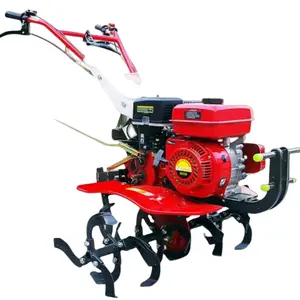




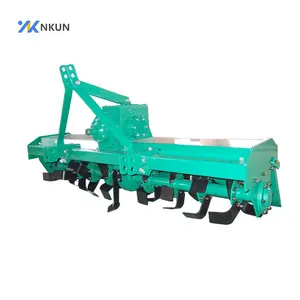

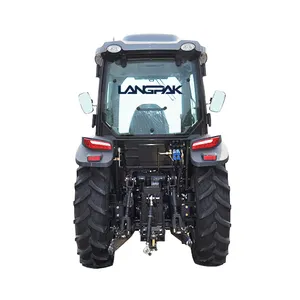


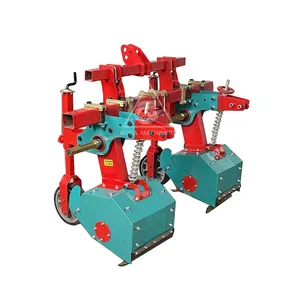









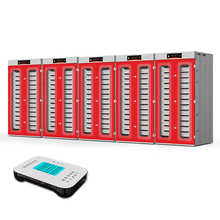
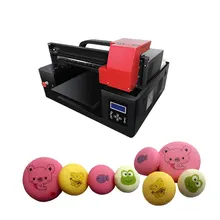






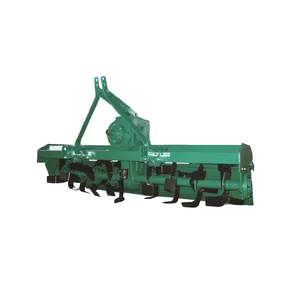


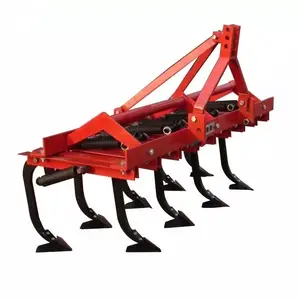

























 浙公网安备 33010002000092号
浙公网安备 33010002000092号 浙B2-20120091-4
浙B2-20120091-4